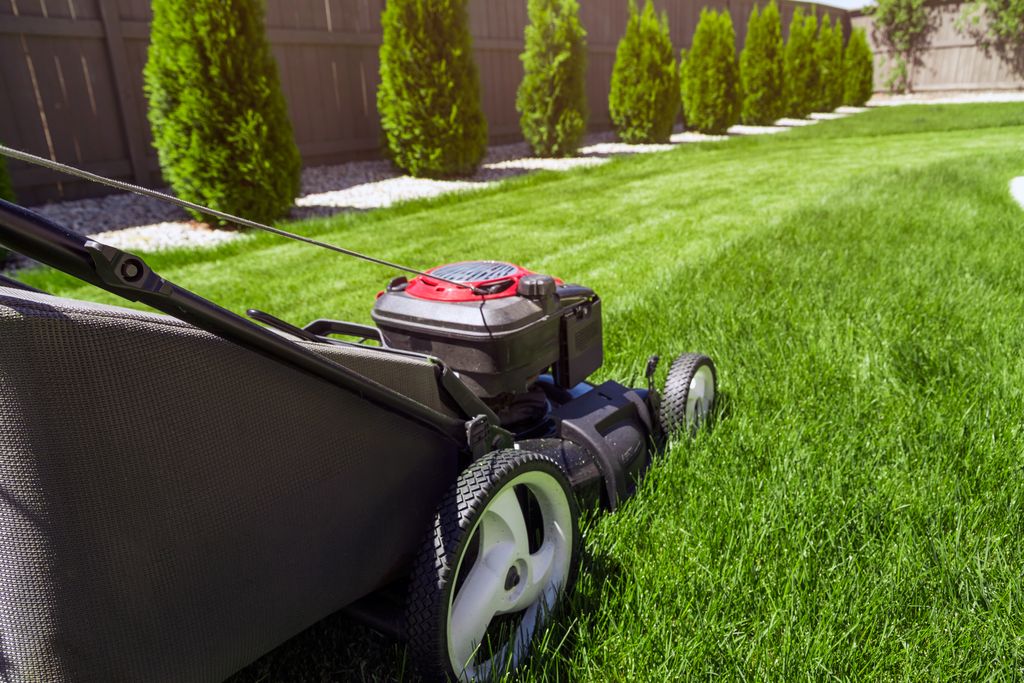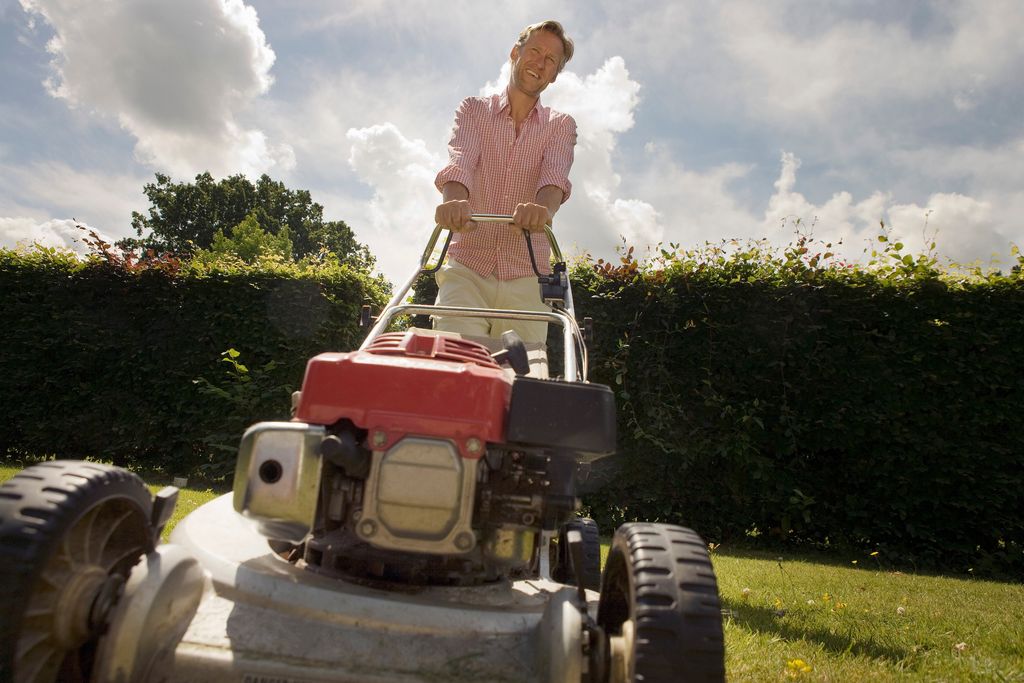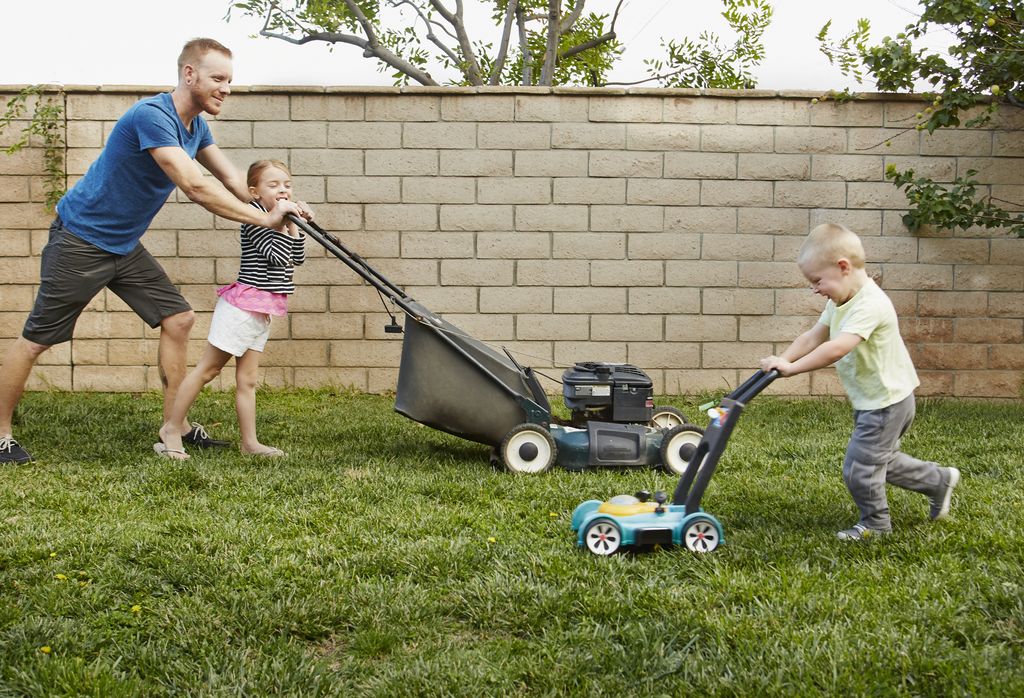Maintaining a lush, healthy lawn involves more than just watering and fertilizing.
One of the key aspects of lawn care is proper mowing. By following the best mowing practices, you can ensure your lawn stays green, thick, and free of weeds.
Here’s how to mow your lawn effectively.
This post contains affiliate links. As an Amazon Associate, I earn from qualifying purchases at no additional cost to you.
The Importance of Proper Mowing
Mowing is not just about keeping your grass short. It’s about promoting healthy growth, preventing pests, and ensuring your lawn looks its best. Proper mowing helps your grass develop deep roots, which enhances its resistance to drought and disease.
Optimal Mowing Height
The height at which you cut your grass can make a significant difference in its health. Different grass types have different optimal mowing heights:
- Cool-season grasses: Kentucky bluegrass, fescue, and ryegrass thrive when mowed at 2.5 to 3.5 inches.
- Warm-season grasses: Bermuda, zoysia, and St. Augustine grass do best at 1 to 2 inches.
Keeping your grass at the recommended height helps it retain moisture and develop a strong root system.
Mowing Frequency
How often you mow depends on the growth rate of your grass. A good rule of thumb is the one-third rule: never remove more than one-third of the grass blade in a single mowing. This practice reduces stress on the grass and promotes healthier growth.
- Spring and Summer: Mow more frequently as grass grows faster during these seasons.
- Fall: Gradually reduce mowing frequency as growth slows down.
- Winter: Mowing is typically unnecessary unless you live in a warm climate where grass grows year-round.
Best Mowing Techniques
Using the right mowing techniques ensures a clean cut and a healthy lawn:
- Sharp Blades: Always use sharp mower blades. Dull blades tear the grass, leading to ragged edges that can invite disease.
- Dry Grass: Mow when the grass is dry to avoid clumping and ensure an even cut.
- Mowing Pattern: Change your mowing pattern each time you mow. This prevents soil compaction and helps the grass grow more evenly.
- Overlapping: Slightly overlap each pass to ensure you don’t miss any spots.
The Benefits of Grasscycling
Grasscycling is the practice of leaving grass clippings on the lawn after mowing. This method has several benefits:
- Natural Fertilizer: Clippings decompose quickly, returning valuable nutrients to the soil.
- Moisture Retention: Clippings help retain moisture in the soil, reducing the need for frequent watering.
- Time and Effort: Grasscycling saves time and effort by eliminating the need to bag and dispose of clippings.
Seasonal Mowing Adjustments
Adjusting your mowing practices according to the season can help maintain your lawn’s health:
- Spring: Start with a higher cut and gradually lower it as the grass grows.
- Summer: Keep the grass slightly taller to shade the soil and conserve moisture.
- Fall: Gradually lower the mowing height to prepare the grass for winter.
Maintaining Your Mower
A well-maintained mower is essential for effective mowing:
- Clean the Deck: Remove grass clippings and debris from the mower deck to prevent buildup and ensure a clean cut.
- Check the Oil and Air Filter: Regularly check and replace the oil and air filter to keep the mower running smoothly.
- Sharpen the Blades: Keep blades sharp for a precise cut and to avoid damaging the grass.
Conclusion
Proper mowing practices are crucial for maintaining a healthy, vibrant lawn. By following these tips on mowing height, frequency, and techniques, you can ensure your lawn remains lush and green throughout the year. Remember to adjust your mowing practices seasonally and maintain your mower for the best results. Happy mowing!



